This series presents selected technical marvels from the fields of computing technology, mathematics, astronomy, surveying, time measurement, looms and automatons (automaton figures, chess-playing machines, musical automatons, automaton writers, drawing automatons, automaton clocks, picture clocks, globes, historical robots). The examples are largely from the 15th to 20th centuries and do not claim to be exhaustive. In particular, artifacts are included for which high-quality illustrations are available. Most of the objects come from Europe, with a few from Africa, America, Asia, and Australia. The order is predominantly chronological. Famous names such as Archimedes, Hipparchus, Heron of Alexandria, Leonardo da Vinci, Galileo Galilei, John Napier, Jost Bürgi, Blaise Pascal, Gottfried Wilhelm Leibniz, and Charles Babbage are associated with these works. In some cases, however, the inventors are unknown (e.g., abacus, Antikythera Mechanism, yupana). This also applies to the quipu (see Fig. 1).

Fig. 1: Knotted cords. In South America and Asia, knotted cords were an aid for the storage of numbers.
Groups of thinner cords with different colors, which can also have subordinate cords, are fastened to the main horizontally running cord.
The knots represent numerical values according to their arrangement.
The knotted cord (quipu) of the Incas even made use of the number zero.
Credit: Heinz-Nixdorf Museumsforum, Paderborn
The earliest mathematical instruments include the Lebombo bone (around 40,000 BC, South Africa) and the Ishango bone (20,000 BC, Congo). In Greece, the Darius vase with calculating board and the Salamis counting board date from the 4th century BC. The Roman hand abacus appeared in Italy around 300 BC. Only a few examples have survived (see Fig. 2). We are still looking for a device made of ivory (see Fig. 3).
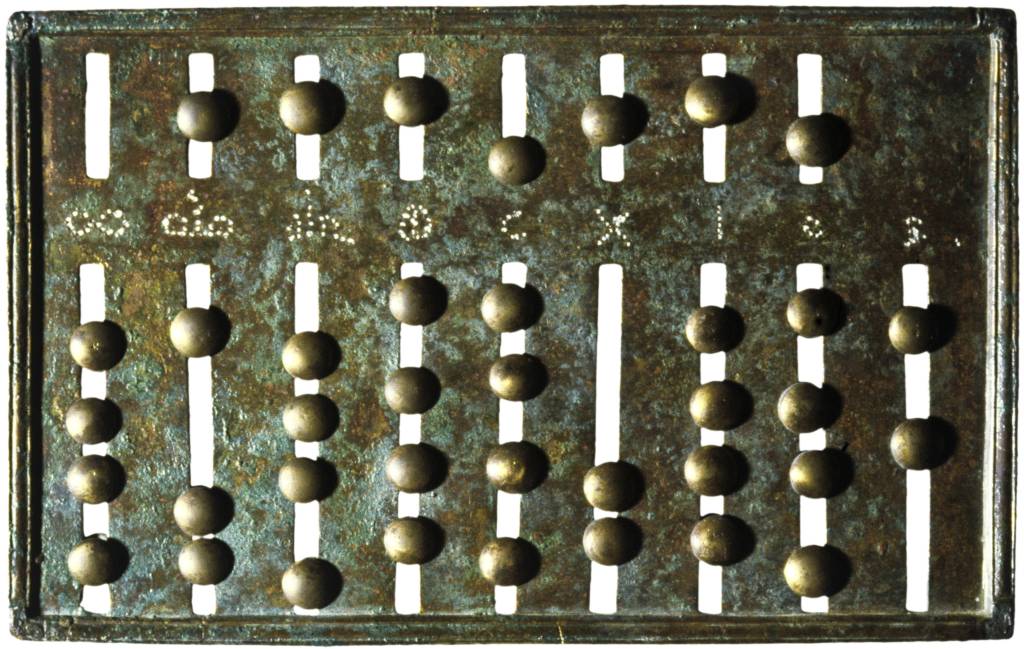
Fig. 2: Front side of a Roman abacus. This pocket calculator is made of bronze.
The slot at the far right consists of a single piece.
Credit: Museo nazionale romano, Palazzo Massimo alle Terme, Rome
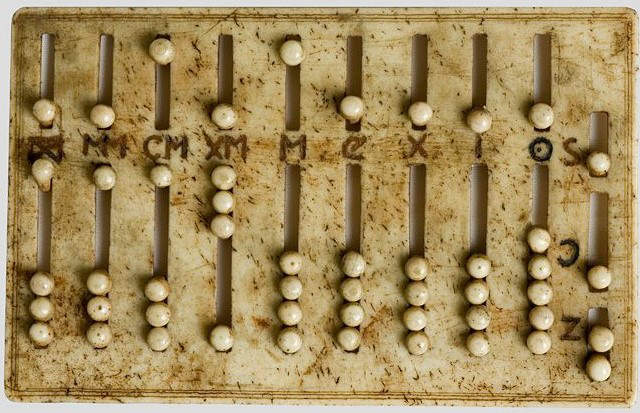
Fig. 3: Roman hand abacus from the second to the fifth century.
This Italian ivory pocket calculator is lost. There were fixed (stationary) and portable (mobile) devices.
They were made of sand, wood, stone, metal, ivory, or cloth.
Credit: Inria/picture: J.-M. Ramès
See also
Original Roman Pocket Calculators are Extremely Rare | blog@CACM | Communications of the ACM
In Search of A Rare Roman Pocket Calculator | blog@CACM | Communications of the ACM
How Do You Calculate on the Abacus? | blog@CACM | Communications of the ACM
How Did the Romans Calculate? | blog@CACM | Communications of the ACM
The Greek astrolabe can be traced back to Hipparchus (2nd century BC). An astronomical calculating machine from the 1st century BC, the Antikythera Mechanism, is considered the first analog computer (see Fig. 4). There is also a reconstruction (see Fig. 5).
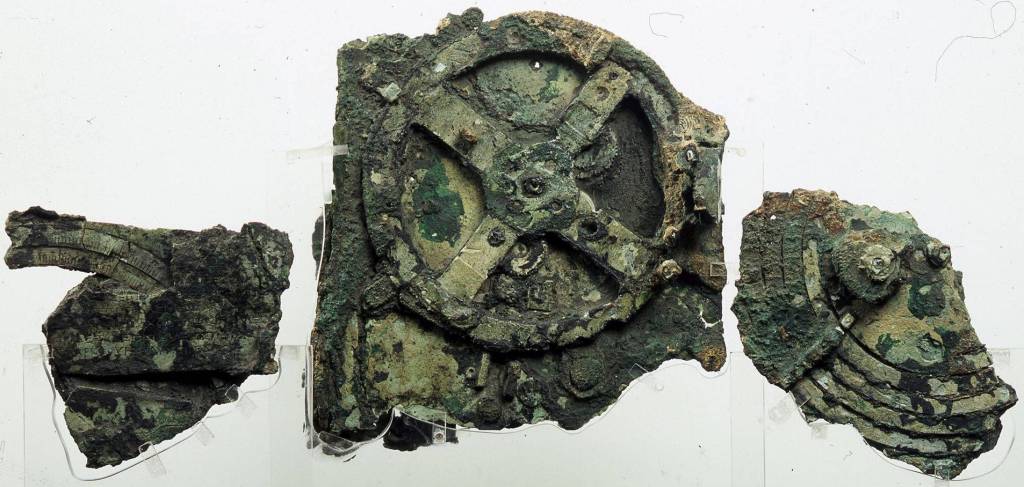
Fig. 4: The Antikythera Mechanism. The more than 2,000-year-old, complex astronomical calculator
was discovered in 1901 in the Mediterranean before the Greek island Antikythera.
The finding of this mysterious technical marvel was an enormous surprise.
Until today, it is not known where the device was built and who the inventor was.
Opinions regarding its age differ by at least 120 years. Numerous physical and virtual reconstructions exist.
Research groups from Greece, the U.K., and the U.S. are endeavoring to elicit the last secrets that the mechanism conceals.
Credit: National Archaeological Museum, Athens/Costas Xenikakis
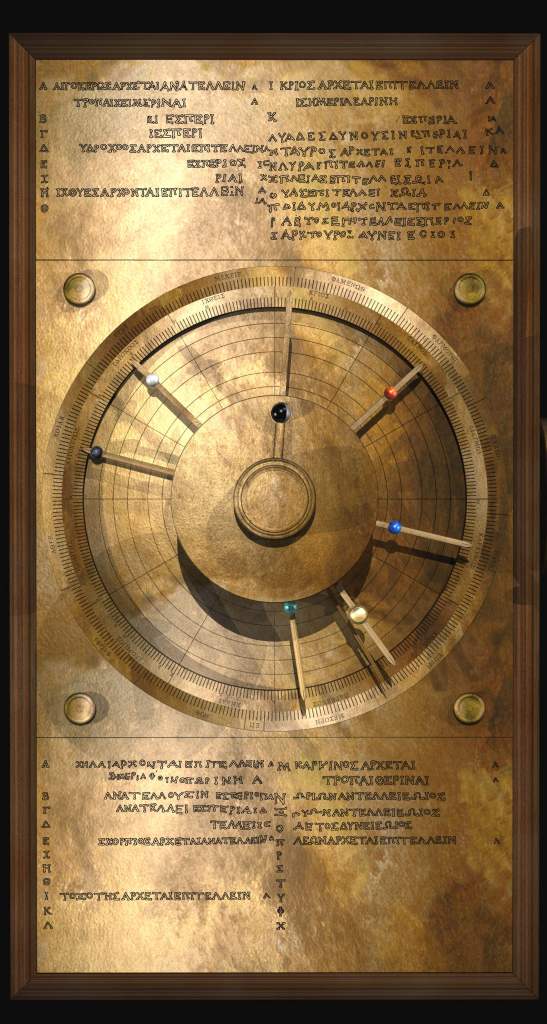
Fig. 5: The Antikythera Mechanism, computer-based reconstruction of the front side by Tony Freeth.
Credit: 2012 Tony Freeth, Images First Ltd., London
See also https://dl.acm.org/doi/10.1145/3368855
One of the earliest automaton makers was Heron of Alexandria (e.g., automatic theater). He is also the creator of the pantograph (see Fig. 6), although this is usually attributed to Christoph Scheiner (1603).
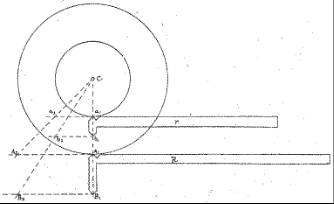
Fig. 6: Heron’s pantograph. This drawing tool is not a pantograph with a linkage.
It functions with a gear wheel drive (two concentric gear wheels).
Credit: Héron d’Alexandrie: Les mécaniques ou l’élévateur des corps lourds, Société d’édition Les belles lettres, Paris 1988; Reprint from 1894
References
Bruderer, Herbert: Meilensteine der Rechentechnik, De Gruyter Oldenbourg, Berlin/Boston, 3. Auflage 2020, Band 1, 970 Seiten, 577 Abbildungen, 114 Tabellen, https://doi.org/10.1515/9783110669664
Bruderer, Herbert: Meilensteine der Rechentechnik, De Gruyter Oldenbourg, Berlin/Boston, 3. Auflage 2020, Band 2, 1055 Seiten, 138 Abbildungen, 37 Tabellen, https://doi.org/10.1515/9783110669671
Bruderer, Herbert: Milestones in Analog and Digital Computing, Springer Nature Switzerland AG, Cham, 3rd edition 2020, 2 volumes, 2113 pages, 715 illustrations, 151 tables, translated from the German by Dr John McMinn, https://doi.org/10.1007/978-3-030-40974-6
Herbert Bruderer (herbert.bruderer@bluewin.ch; bruderer@retired.ethz.ch) is a retired lecturer in the Department of Computer Science at ETH Zurich and a historian of technology.




Join the Discussion (0)
Become a Member or Sign In to Post a Comment